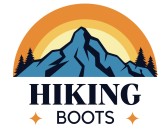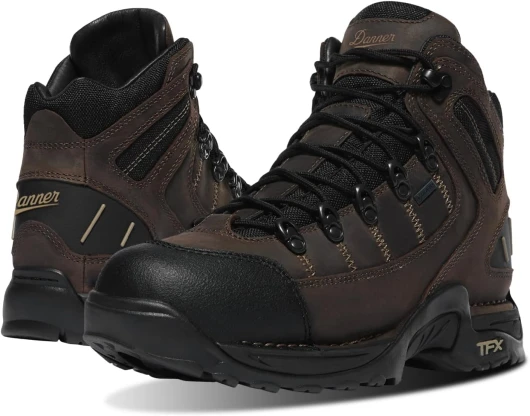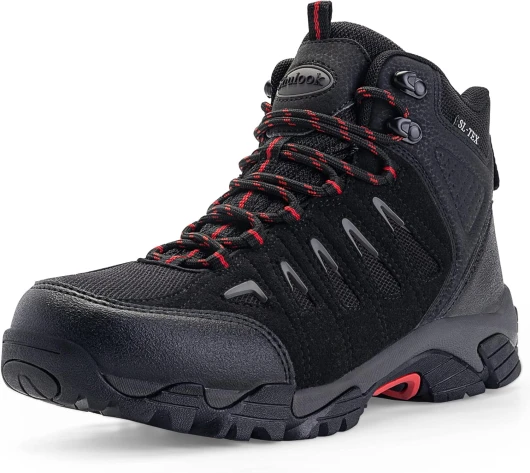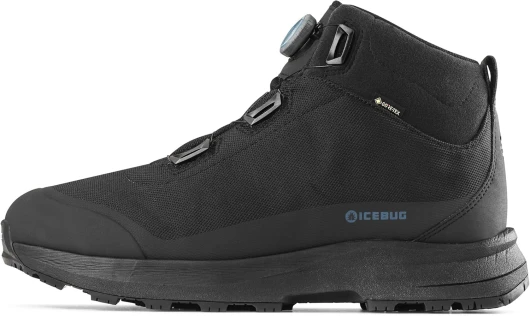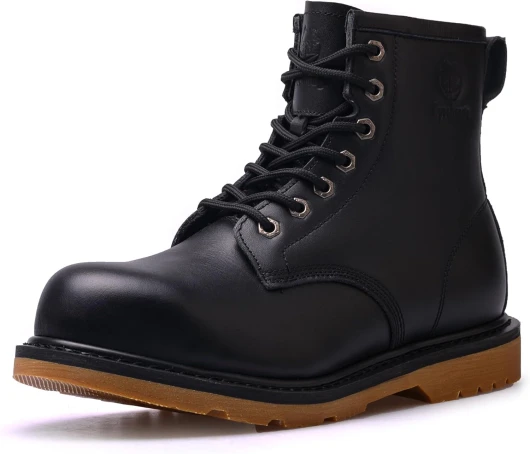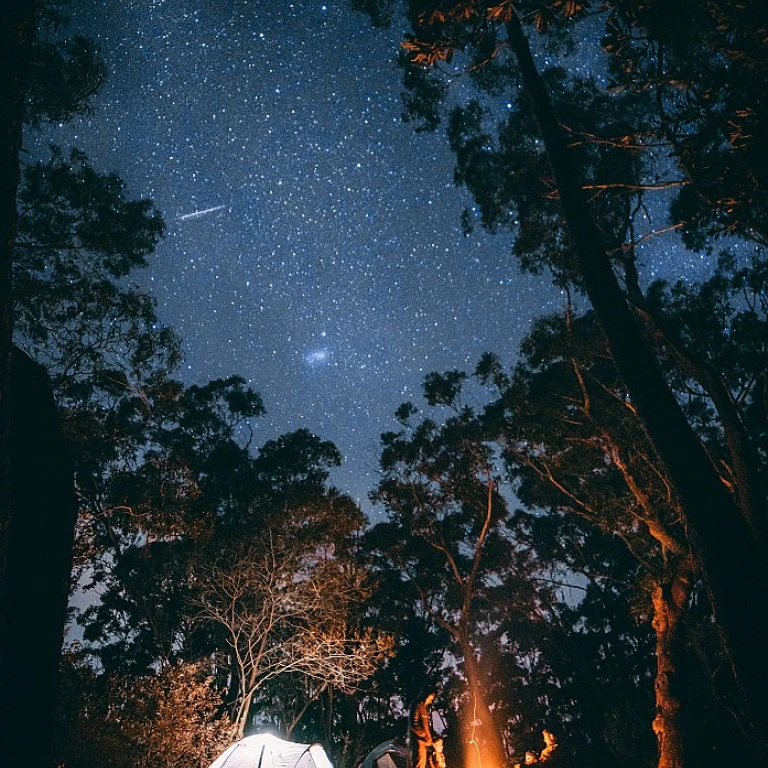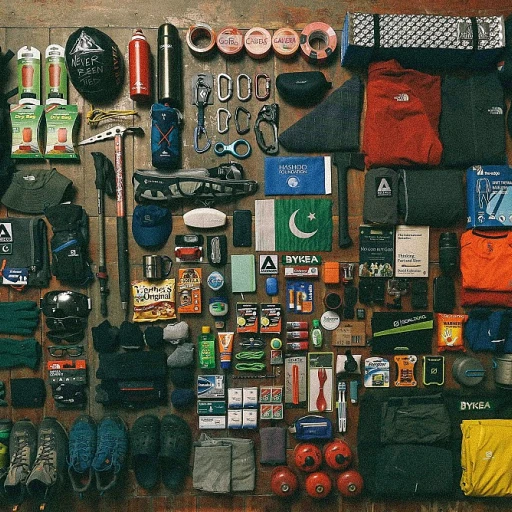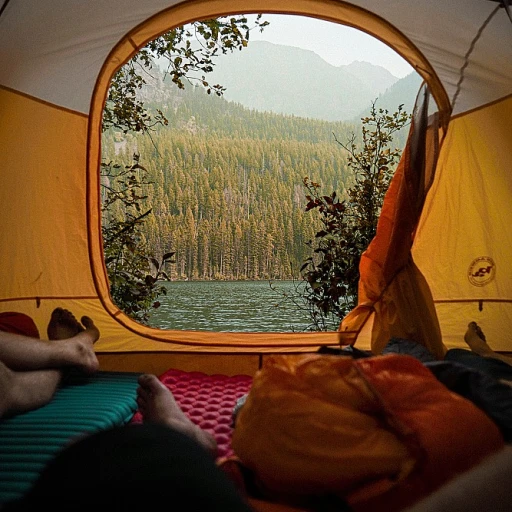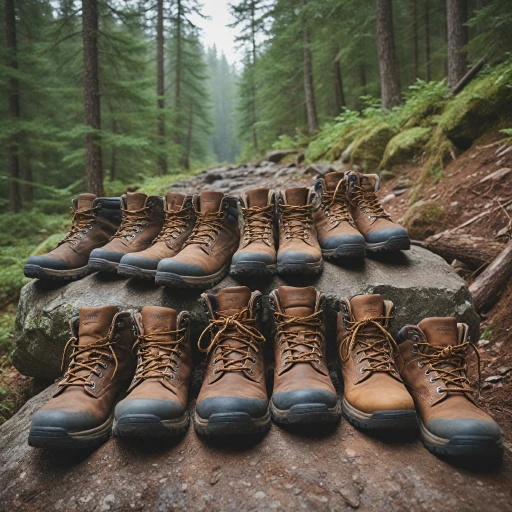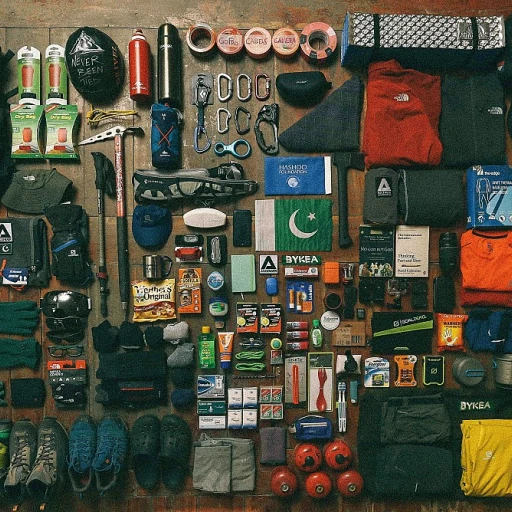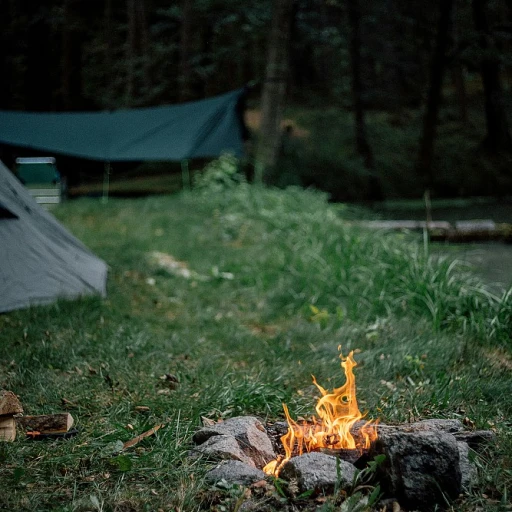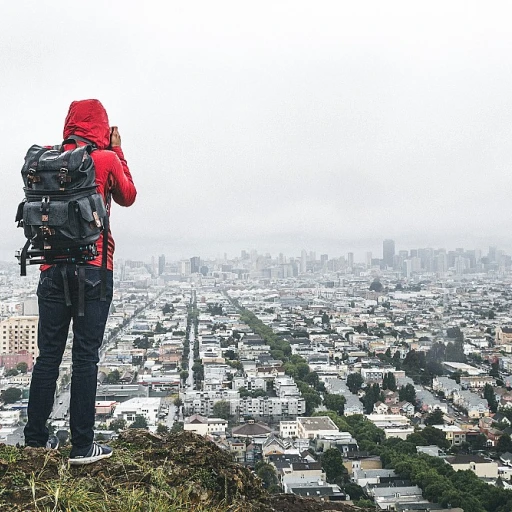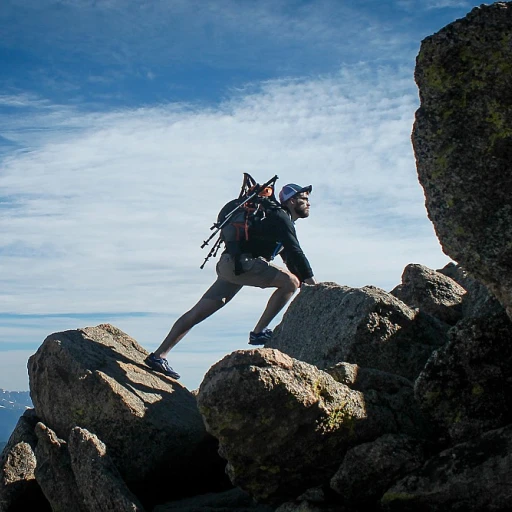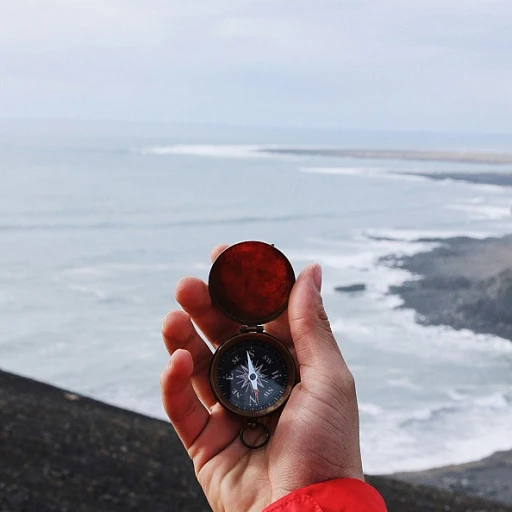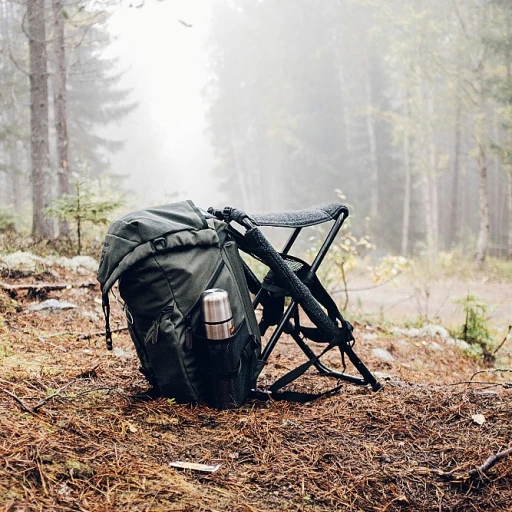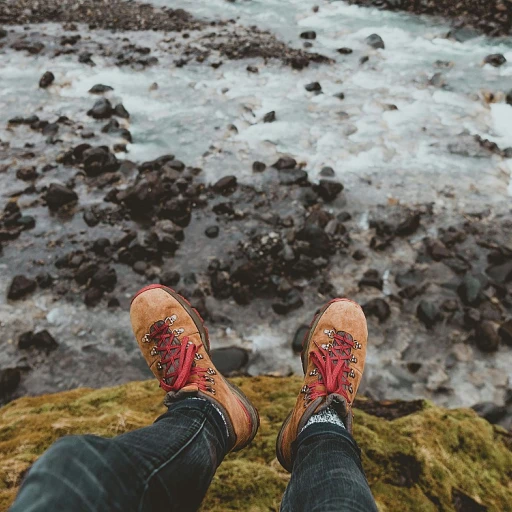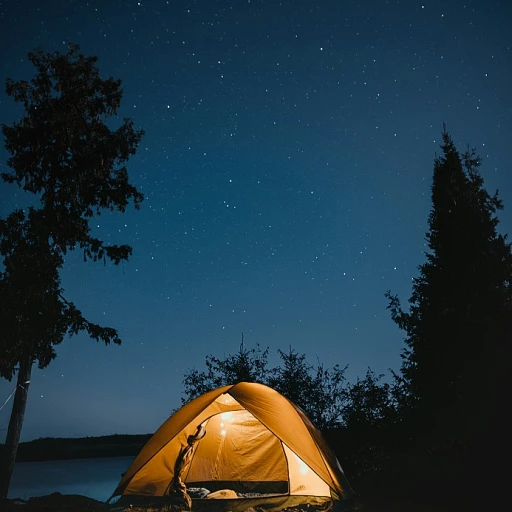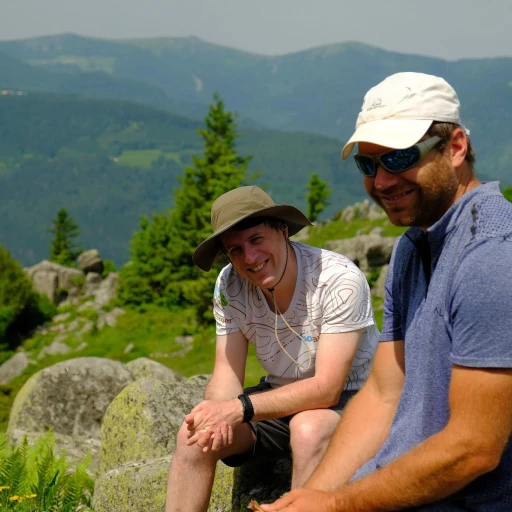
The Anatomy of Blisters and Calluses
Spotting the Differences Between Blisters and Calluses on Your Feet
The intricate anatomy of your feet, particularly when put through the rigorous conditions of hiking, often leads to the formation of blisters and calluses. Both occurrences are common among outdoor enthusiasts, but their characteristics differ greatly.
Blisters are small pockets of fluid that develop on the upper layers of skin due to friction and pressure. This condition often arises when hikers wear shoes that are either too tight or too loose, leading to rubbing against the feet. The collection of fluid, which serves as a cushion, is usually a response to sudden, intense skin irritation.
Calluses, on the other hand, form as areas of thickened skin that develop over time due to repeated friction. Unlike blisters, calluses act as a defense mechanism, indicating where the skin has become resilient to constant abrasion. They are common on the toes, heels, and bottom of the feet.
Understanding these distinctions can guide hikers in selecting the most appropriate foot treatments and preventive measures. While blisters often require immediate care to avoid further skin damage or foot ulcer, calluses and corns need long-term maintenance using methods such as using a pumice stone to remove dead skin.
This comprehensive understanding also aids in recognizing when these skin conditions may evolve into more severe issues, warranting advice from medical resources like the Mayo Clinic. By acknowledging the unique differences between blisters and calluses, hikers can take better care of their feet, ultimately enhancing their hiking experience.
Furthermore, it's not just about what happens on your feet, but also how you can prevent these issues from occurring in the first place. Considering the right type of footwear can mitigate many problems arising from poor choice in hiking boots.
Causes of Blisters and Calluses in Hiking Boots
Common Triggers of Friction and Pressure in Outdoor Footwear
Understanding the causes of blisters and calluses is crucial for hikers to maintain healthy feet during long treks. These common foot issues typically arise due to friction and pressure points developed within hiking boots. Factors such as ill-fitting footwear, extended hikes, and strenuous trails contribute significantly to their development. One of the primary reasons blisters form is friction between the skin and the shoe. As the foot moves, repetitive rubbing against the lining or seams of the boot causes layers of skin to separate, leading to blister formation. Similarly, calluses result from prolonged pressure and friction, causing thickened skin areas to emerge as a protective mechanism. Hikers often underestimate the role of moisture in exacerbating these conditions. Wet feet, whether from sweat or external sources, can increase the likelihood of friction, setting the stage for blisters, corns, and calluses. Additionally, debris such as small pebbles or dirt caught in shoes can elevate pressure on specific parts of the foot, promoting callus development. To address these issues effectively, proper fit and suitable footwear selection are paramount. Selecting hiking boots that conform to the natural shape of the foot prevents unnecessary movement and reduces the risk of hot spots, which are the precursors of blisters and calluses. Moreover, fatigue and prolonged treks heighten foot conditions due to increased pressure and wear on the skin, making preparation and choosing the right gear essential. For hikers seeking extensive guidance on footwear, a comprehensive essential guide to choosing the right canyoneering footwear offers valuable insights. Foot care, combined with regular footwear assessment and usage adjustments, is vital to prevent and manage blisters and calluses effectively. Being informed about what causes these skin conditions will aid outdoor enthusiasts in enjoying their adventures without discomfort.Preventing Blisters: Tips for Hikers
Tips to Keep Your Feet Blister-Free
Preventing blisters when hitting the trails in your hiking boots requires extra attention and informed choices. Here are some strategies to help keep those unwanted skin conditions at bay:
- Choose the Right Shoes: Ensuring your hiking boots fit properly can significantly reduce friction and pressure points on your feet. Consider boots that offer enough room for your toes while providing firm support.
- Wear the Right Socks: Opt for moisture-wicking socks made specifically for hiking to help keep sweat away from your skin, reducing the risk of friction that leads to blisters.
- Break Them In: Always break in new hiking boots before tackling long or challenging trails. This helps in forming a comfortable fit and avoids sudden irritation on the foot’s areas.
- Use Cushioning Products: Consider using blister pads or moleskin on common problem areas like your heels and toes to minimize friction.
- Keep Your Feet Dry: Moisture increases friction, so it’s crucial to change socks regularly during long hikes and allow your feet to breathe by removing your shoes during breaks.
- Prevent Excessive Pressure: Avoid over-tightening your laces, which can increase pressure on certain spots and lead to blister development. Balance is key.
- Hydrate and Nourish: Keep your skin hydrated but avoid excessive lotion, which can soften skin too much, making it more prone to abrasions.
While these steps are reliable for most hiking conditions, remember that for foot care, personal comfort is imperative. For more ways to enhance your hiking experience and prevent common hiking foot issues, explore this guide to discover the perfect match in hiking boots and accessories.
Managing Calluses: Care and Maintenance
Effective Care for Foot Comfort
Calluses, often forming due to the natural response of the skin to protect itself from pressure and friction, can be quite cumbersome for hikers if left unattended. These thickened skin areas primarily develop on the feet, especially around the toes and the heel. Proper management of calluses is essential not only for comfort but also to avoid further complications like foot ulcers.
Firstly, it’s important to regularly inspect your feet for any developing calluses or hard corns, as early intervention can prevent these skin conditions from escalating. A common and effective method for managing calluses is using a pumice stone. This helps gently remove dead skin and smooth out the affected areas. It’s advisable to soak your feet in warm water before using the stone, which softens the callus, making it easier to treat.
Moisturizing is another crucial step in maintaining soft and healthy skin on your feet. Applying a quality foot cream daily can prevent your skin from becoming overly dry, which could lead to further irritation during your hikes. Look for creams that are specifically designed to soften calluses and moisturize thickened skin.
If you’re dealing with more stubborn calluses or corn callus that cause discomfort, consider consulting with a healthcare professional like those at the Mayo Clinic. They can offer tailored advice and treatment options to alleviate heel pain or other discomforts associated with calluses corns.
In addition to regular care, wearing properly fitted shoes plays a significant role in preventing and managing calluses. Ensure your hiking boots don’t exert excessive friction or pressure on any part of your foot. For some hikers, custom orthotics may provide the additional support required to redistribute foot pressure, reducing the chance of blister callus formation.
Choosing the Right Hiking Boots to Minimize Foot Issues
Finding the Perfect Fit for Prevention
Understanding the significance of selecting the right hiking boots can indeed minimize foot issues such as blisters, corns, and calluses. According to the Mayo Clinic, the importance of proper fitting cannot be overstated—ill-fitting boots can form pressure spots that lead to these unwelcome skin conditions.Considerations for Selecting Hiking Boots
- Fit and Comfort: Properly fitting boots should accommodate your feet without causing pressure or friction, especially around the toes and heels. This is vital to avoid the formation of blisters or calluses. Feet tend to swell during hiking, so it's advisable to try on boots in the afternoon when feet are naturally larger.
- Material and Build: Opt for boots made of breathable materials to help prevent moisture build-up, which can contribute to blister development. Some conditions like soft corns can thrive in damp areas, so moisture management is crucial.
- Sole Support: Look for boots with adequate arch support and cushioning, especially if prone to heel pain. Well-supported feet will reduce pressure that can lead to calluses.
- Test Footwear Thoroughly: Don't rush the purchase. Walk around in the store, test them on different surfaces, and ensure ample room for toes to wiggle.
Boots Designed for Specific Conditions
For those dealing with existing conditions such as calluses or hard corns, consider boots that offer specific support. Different foot shapes and conditions can benefit from varied boot designs, emphasizing arch support, different heel heights, or added ankle stability.After-Purchase Checks
Even the best shoes require regular checks to ensure they're still providing the necessary support and haven’t developed wear patterns that could cause new pressure points. Regular inspection and upkeep with tools like a pumice stone for dead skin removal can be beneficial. Choosing the correct footwear is a vital step towards a more comfortable, enjoyable hiking experience, free from the burden of skin conditions that can arise due to inadequately planned footwear choices. As with many aspects of hiking, preparation is key to success.Expert Tips from Experienced Hikers and Mountaineers
Advice from Seasoned Trail Veterans
The wisdom shared by experienced hikers and accomplished mountaineers can be invaluable when it comes to avoiding foot issues like blisters and calluses during your adventures. Here's what they have to say:- Choose the Right Materials: Opt for hiking boots made from breathable materials to reduce moisture, which can lead to friction and the formation of blisters. Materials that wick away sweat help keep your feet dry.
- Focus on Fit: Proper fit can’t be overstated. A snug fit in the heel area can prevent unwanted movement, reducing friction and the risk of blisters. Always try on boots with the socks you plan to wear.
- Break Them In: New boots often need to be broken in before hitting the trail. Wear them for short walks and gradually increase the duration. This helps your skin adjust and reduces the likelihood of developing painful blisters or calluses.
- Mind the Terrain: Consider the type of terrain you expect to encounter, as different conditions can press and rub against your feet in unique ways. This insight helps in selecting boots with appropriate support and cushioning.
- Pack Smart: Carry essentials like blister plasters, a pumice stone, or hydrating cream to treat your feet daily. Attention to foot care after a long hike can prevent issues from escalating.
